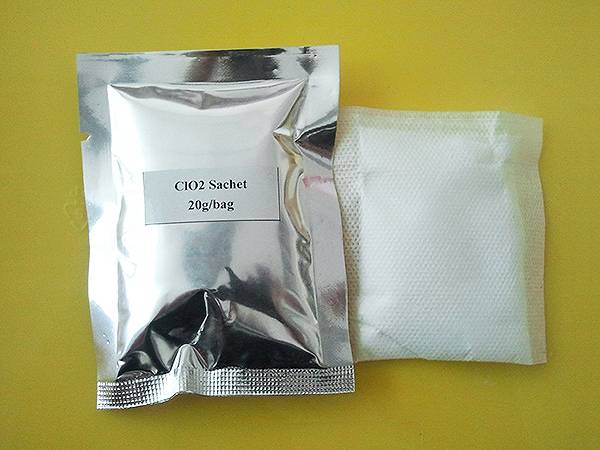



Applications of Caustic Soda in Various Industries and Their Benefits
Industrial Uses of Caustic Soda An Overview
Caustic soda, chemically known as sodium hydroxide (NaOH), is a highly versatile and essential chemical widely used in various industrial applications. Its properties, such as its strong alkalinity, ability to dissolve many substances, and reactivity with acids, make it a critical component in multiple sectors. This article explores the key industrial uses of caustic soda and highlights its importance in contemporary manufacturing processes.
One of the primary uses of caustic soda is in the production of pulp and paper. In this industry, caustic soda is employed in the alkaline pulping process, which helps separate lignin from cellulose fibers in wood. This process, known as kraft pulping, enhances the quality of paper, making it stronger and more durable. Additionally, caustic soda is used in the bleaching process to improve the brightness of paper products, ensuring that they meet the quality standards demanded by consumers and industries alike.
Industrial Uses of Caustic Soda An Overview
In the realm of textiles, caustic soda plays a vital role in the processing of fabrics. It is used in the mercerization process, which enhances the dye uptake of cotton fibers, resulting in brighter and more vibrant colors. This process not only improves the aesthetic value of textile products but also increases their strength and lustre. Consequently, caustic soda has become an indispensable ingredient in the textile industry.
industrial uses of caustic soda

The food industry also utilizes caustic soda, particularly in the processing of certain food products. It is used to remove the skins of fruits and vegetables, such as tomatoes and peaches, in preparation for canning and other forms of preservation. Furthermore, caustic soda is involved in producing food-grade sodium bicarbonate, which is utilized as a leavening agent and neutrality agent in baking.
Additionally, caustic soda is extensively used in water treatment processes. It acts as a pH regulator, helping to neutralize acidic water sources and thereby improving water quality. Throughout municipal water treatment facilities, caustic soda is essential for controlling water alkalinity and ensuring the safe delivery of potable water to communities.
The oil and gas industry also benefits from caustic soda, where it is used in the refining process to remove acidic impurities from crude oil. This purification step is crucial to enhance the quality of fuels and reduce the environmental impact of emissions from combustion. The ability of caustic soda to react with various substances makes it an effective tool in enhancing the overall efficiency of this sector.
In conclusion, caustic soda is a cornerstone of numerous industrial processes, from pulp and paper production to chemical manufacturing, textiles, food processing, water treatment, and oil refining. Its diverse applications underscore its significance in modern manufacturing and industrial operations. As industries continue to evolve, the demand for caustic soda will likely remain strong, reinforcing its status as a critical chemical in various sectors. The efficient use and handling of caustic soda are essential for ensuring that its industrial applications contribute to sustainable and environmentally friendly practices.
-
Why Sodium Persulfate Is Everywhere NowNewsJul.07,2025
-
Why Polyacrylamide Is in High DemandNewsJul.07,2025
-
Understanding Paint Chemicals and Their ApplicationsNewsJul.07,2025
-
Smart Use Of Mining ChemicalsNewsJul.07,2025
-
Practical Uses of Potassium MonopersulfateNewsJul.07,2025
-
Agrochemicals In Real FarmingNewsJul.07,2025
-
Sodium Chlorite Hot UsesNewsJul.01,2025










